January 13, 2016
[Below is a section of the article in which CER is mentioned. Click here to read the full piece.]
SOTU reaction
Founder and President of The Center for Education Reform Jeanne Allen released a statement via email about the State of the Union address.
“Education is not about space, a place, or time,” she said. “Education is not a brick and mortar building; it is not about one person, concentrated on one methodology, or about one option. Innovative education transcends such confines to ensure that our students are prepared to be the future of our country.”
She said that in his first State of the Union address in 2009, Obama stated, “that is why it will be the goal of this administration to ensure that every child has access to a complete and competitive education, from the day they are born to the day they begin a career. That is a promise we have to make to the children of America.”
“We’ll give the Obama administration credit for keeping education in the public eye, for drawing more Democrats into discussing reforms such as charter schools, and by elevating the debate,” she said. “There is a long way to go to remedy the top-down approach to education reform that has occurred over the last seven years, especially the Obama administration turning a blind eye toward school choice for the poor, but thanks are in order for giving progressive Democrats numerous reasons to become more actively involved.”
Unfortunately, she said, “this activity does not produce the results needed to help our students succeed.”
Despite national graduation rates touted at 82 percent, according to a report from the Center for Education Reform, students still lack proficiency in the basic necessities of life such as reading and mathematics, “and do not possess the knowledge necessary to preserve our freedom and ensure America’s national and international success.”
“What we find is that preschool is a good foundation for young children,” Orichosky said. “Studies show they generally do better in school, and this helps for their future.”
And Duerr mimicked that.












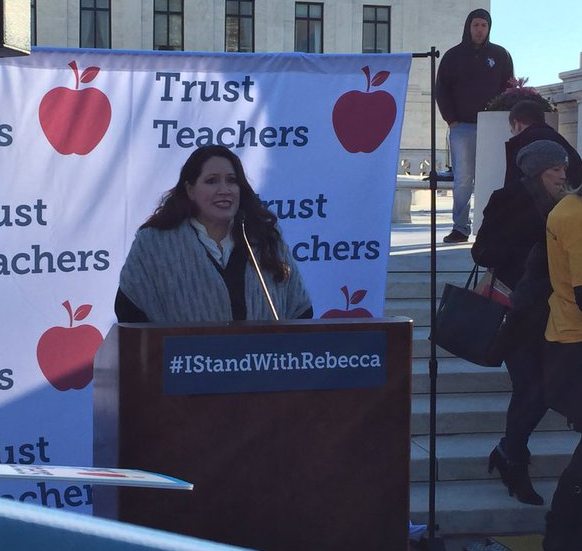
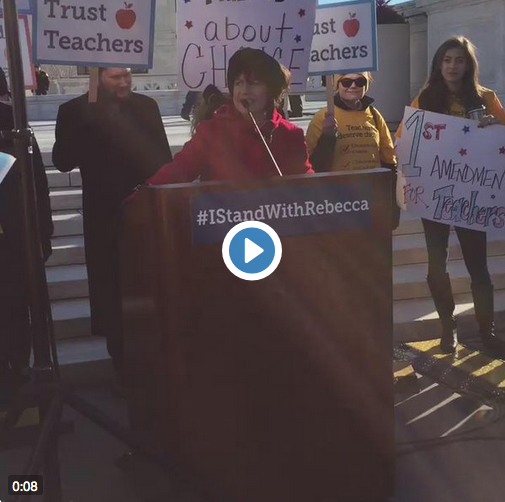
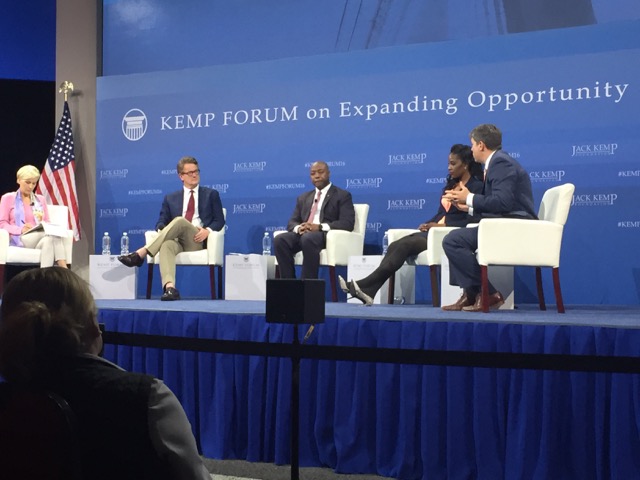


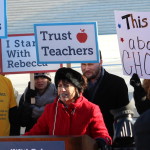
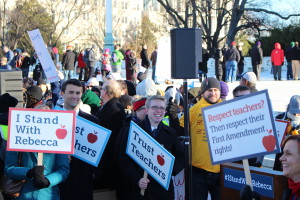

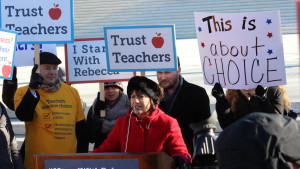
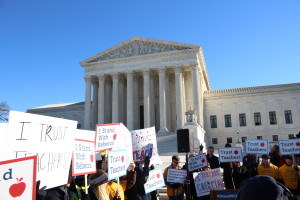
A Call for Candidates – How We Expect Our Leaders to Speak
The other day we developed and distributed our wishlist for the State of The Union and what we hoped to hear the president discuss. While he touched on education more than in most previous speeches and amplified the importance of technology and preparing students for the future, we were looking for more about the most important quest this nation faces – the importance of ensuring opportunity for every child, and underserved and unsatisfied students.
So with another important national event happening tonight — the Republican Presidential debates — we offer the same, consistent vision for how we expect our leaders to speak. Once again, our recommendations reflect the philosophies of those who work on the ground daily to advance innovation, freedom, and flexibility in American education. To all you candidates, please consider and lend your voice to the following important guidelines by which all efforts should be driven:
Education is not about space, a place, or time. Education is not a brick and mortar building; it is not about one person, concentrated on one methodology, or about one option. Innovative education transcends such confines to ensure that our students are prepared to be the future of our country.
There is no education issue that has not already been debated, discussed, or dueled over…
Stay tuned to staging.edreform.com for more insight on all candidates leading up to the election!